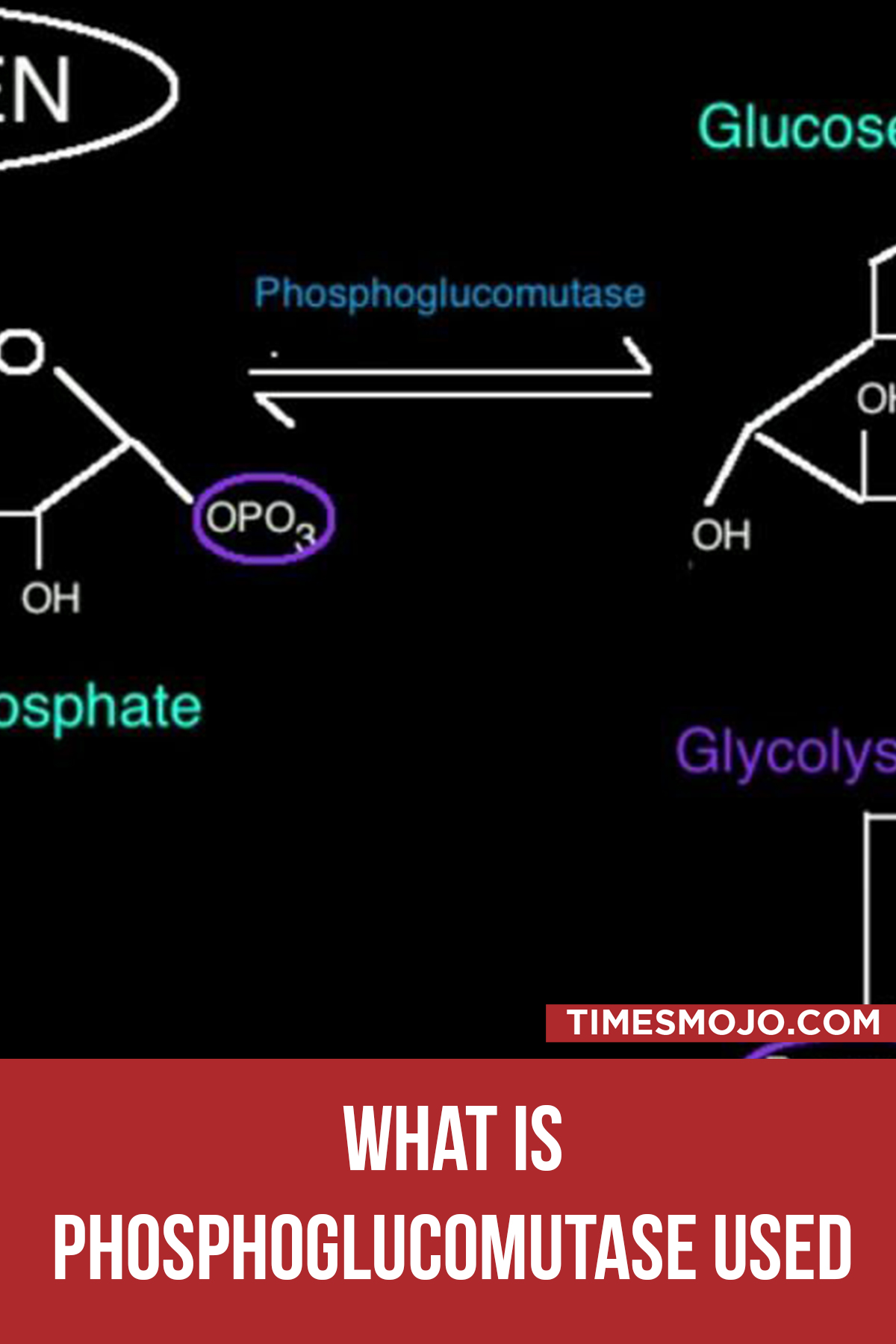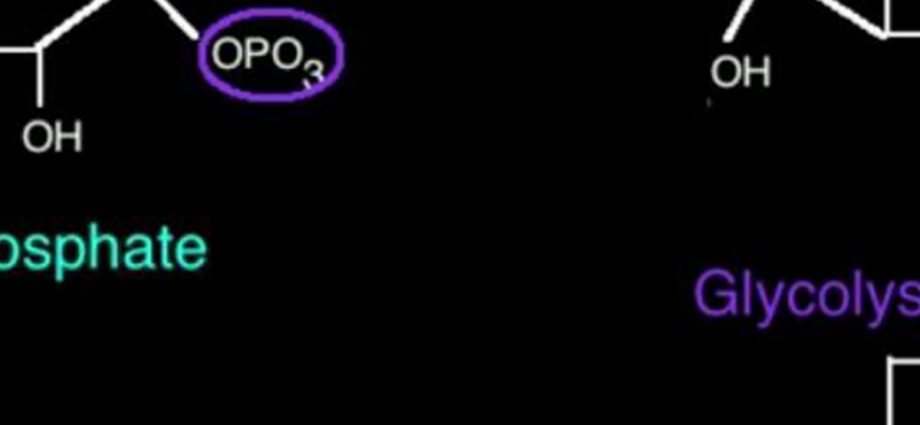Phosphoglucomutase-1 is a key enzyme in glycolysis and glycogenesis by catalyzing in the bidirectional transfer of phosphate from position 1 to 6 on glucose. Glucose-1-P and UDP-glucose are closely linked to galactose metabolism. Normal PGM1 activity is important for effective glycolysis during fasting.
How is phosphoglucomutase produced?
In this case, phosphoglucomutase catalyzes the conversion of glucose 6-phosphate (which is easily generated from glucose by the action of hexokinase) to glucose 1-phosphate. This glucose-1-phosphate can then react with UTP to yield UDP-glucose in a reaction catalyzed by UDP-glucose-pyrophosphorylase.
What pathway is phosphoglucomutase in?

The enzyme is involved in the glycogenolysis pathway. Once a 1-phosphate glucose molecule is released from glycogen by glycogen phosphorylase, phosphoglucomutase catalyses the interconversion of this relatively useless metabolic intermediate into 6-phosphate glucose.
Where is Galactokinase found?
Galactokinase catalyzes the second step of the Leloir pathway, a metabolic pathway found in most organisms for the catabolism of β-D-galactose to glucose 1-phosphate. First isolated from mammalian liver, galactokinase has been studied extensively in yeast, archaea, plants, and humans.
Is Phosphoglucomutase a liver?
Glucose 1-phosphate is isomerized to G-6-P by phosphoglucomutase. G-6-P is dephosphorylated to glucose by glucose-6-phosphatase (G6Pase), which is present in the liver, but not muscle. G6Pase is a key regulatory enzyme in gluconeogenesis.
Where are the two major sites for glycogen storage in humans?
The two major sites of glycogen storage are the liver and skeletal muscle.
Where does gluconeogenesis occur?
The major site of gluconeogenesis is the liver, with a small amount also taking place in the kidney. Little gluconeogenesis takes place in the brain, skeletal muscle, or heart muscle.
Is Phosphoglucomutase a transferase?
PHOSPHOGLUCOMUTASE (PGM) Phosphoglucomutase is a transferase which catalyses the transfer of a phosphate group between the 1- and 6-positions of glucose. … The three different PGM phenotypes (after Sawc, s and HARRIS, 1964).
Which enzyme cleaves the α 1/6 bonds in glycogen?
Glycogen debranching enzyme transfers three of the four remaining glucose residues to the end of another glycogen branch, leaving only the branch-point glucose. Finally, the α(1→6) glycosidic bonds are cleaved by α(1→6) glucosidase, yielding a glucose molecule.
Where does glycolysis take place in the mitochondria?
Glycolysis takes place in the cytoplasm. Within the mitochondrion, the citric acid cycle occurs in the mitochondrial matrix, and oxidative metabolism occurs at the internal folded mitochondrial membranes (cristae).
What is the debranching enzyme in Glycogenolysis?
A debranching enzyme is a molecule that helps facilitate the breakdown of glycogen, which serves as a store of glucose in the body, through glucosyltransferase and glucosidase activity. Together with phosphorylases, debranching enzymes mobilize glucose reserves from glycogen deposits in the muscles and liver.
How is isomerase used in industry?
Glucose isomerase is an industrially important enzyme due to its application in the production of high-fructose corn syrup, as well as in the fructose production by isomerization of glucose to fructose, which is applied as an alternative to cane sugar (Bhosale et al., 1996; Olsen, 2002).
What is the role of UTP in Glycogenesis?
UDP-glucose enters the synthesis of glycogen. UTP is used in the metabolism of galactose, where the activated form UDP-galactose is converted to UDP-glucose. … UTP is also used to activate amino sugars like Glucosamine-1-phosphate to UDP-glucosamine, and N-acetyl-glucosamine-1-phosphate to UDP-N-acetylglucosamine.
Is Phosphoglucomutase reversible?
Phosphoglucomutase (PGM) will interconvert the 1- and 6-phosphate isomers of a-D-glucose. Although it is a reversible reaction, the formation of glucose-6-phosphate is markedly favored.
Where does gluconeogenesis occur quizlet?
Gluconeogenesis mainly occurs in the liver. During prolonged starvation, the kidneys become the major glucose producing organs.
Is glycogenesis same as gluconeogenesis?
Glycolysis is the pathway by which glucose degrades into lactate (LAC), gluconeogenesis is the pathway by which glucose is generated from pyruvate and/or LAC, and glycogenesis is the pathway by which glycogen is synthesised from glucose (Nordlie et al, 1999).
Where does Glycogenolysis take place?
Glycogenolysis is the biochemical pathway in which glycogen breaks down into glucose-1-phosphate and glycogen. The reaction takes place in the hepatocytes and the myocytes. The process is under the regulation of two key enzymes: phosphorylase kinase and glycogen phosphorylase.
Is glycogen found in plants?
Introduction. Glycogen is a glucose polysaccharide occurring in most mammalian and nonmammalian cells, in microorganisms, and even in some plants. … Glycogen is also stored in muscles and fat cells. In the muscle it seems to be mainly used for energy purposes as metabolic fuel for glucolysis producing glucose 6-phosphate …
Where does glycogen metabolism occur in the cell?
In the cytosol, glycogen breakdown or glycogenolysis is carried out by two enzymes, glycogen phosphorylase which releases glucose 1-phosphate from the linear chains of glycogen, and glycogen debranching enzyme which untangles the branch points. In the lysosomes, glycogen degradation is catalyzed by α-glucosidase.
Is glycogen in plants or animals?
Glycogen and starch are polysaccharides. They are the storage form of glucose. Glycogen is stored in animals in the liver and in muscle cells, whereas starch is stored in the roots, seeds, and leaves of plants.
Is phosphatase a hydrolase?
In biochemistry, a phosphatase is an enzyme that uses water to cleave a phosphoric acid monoester into a phosphate ion and an alcohol. Because a phosphatase enzyme catalyzes the hydrolysis of its substrate, it is a subcategory of hydrolases.
What is the process of glycogenesis?
glycogenesis, the formation of glycogen, the primary carbohydrate stored in the liver and muscle cells of animals, from glucose. Glycogenesis takes place when blood glucose levels are sufficiently high to allow excess glucose to be stored in liver and muscle cells.

